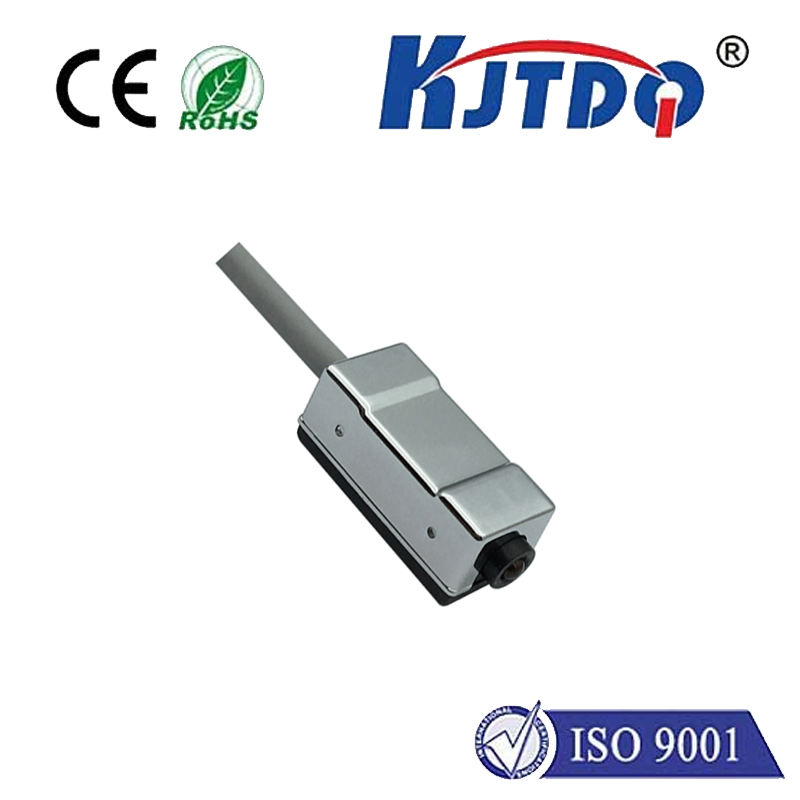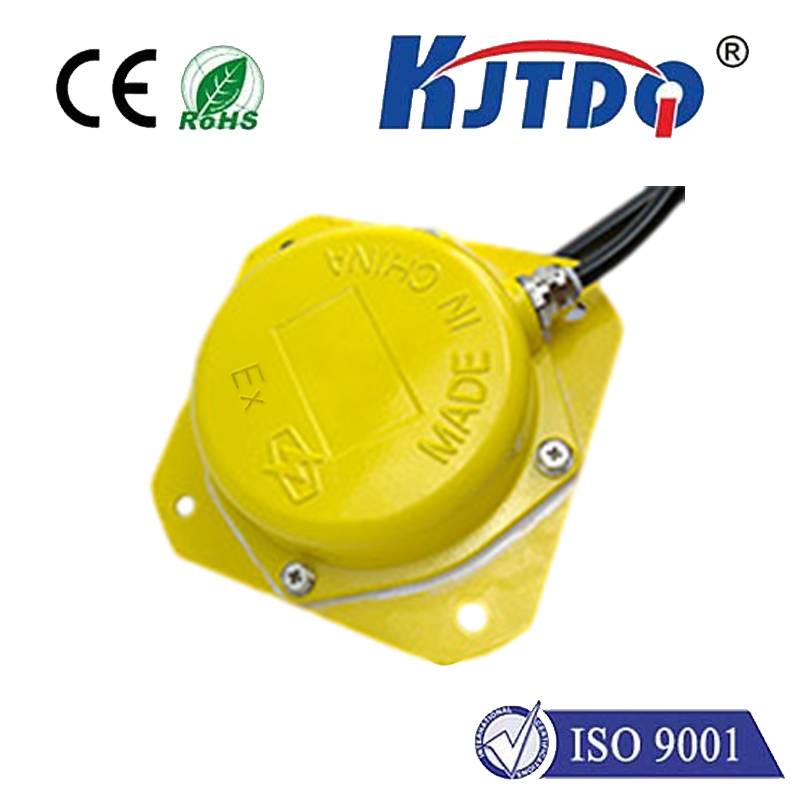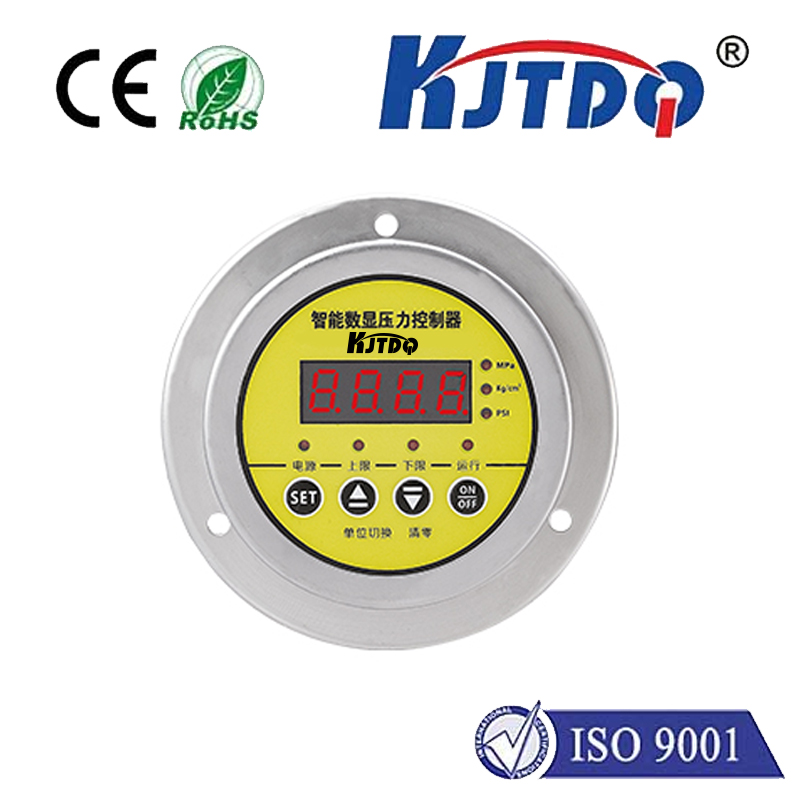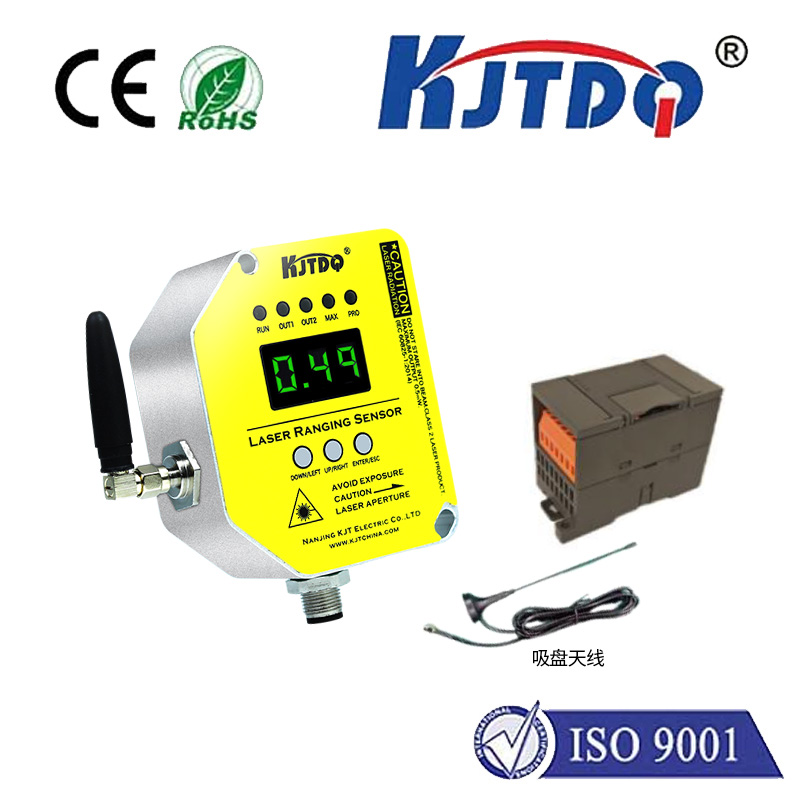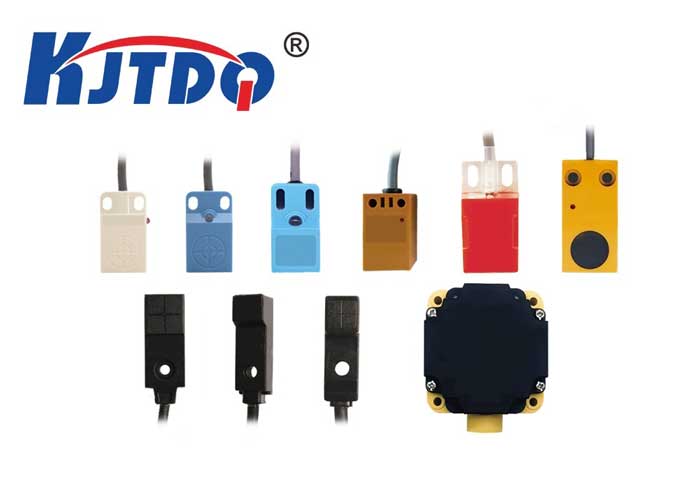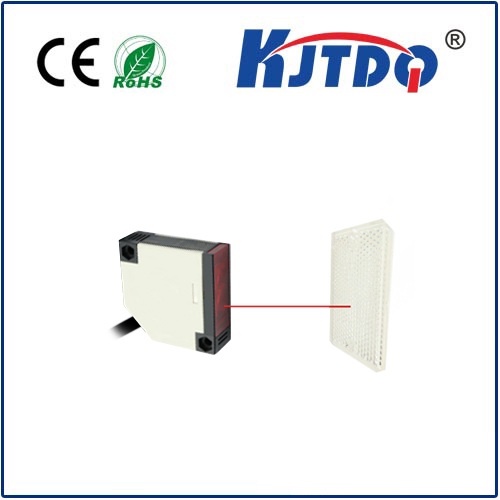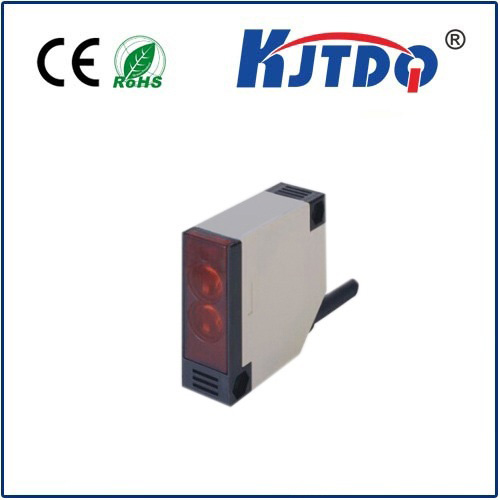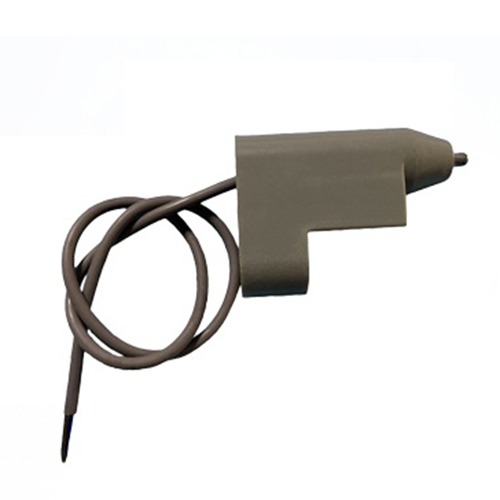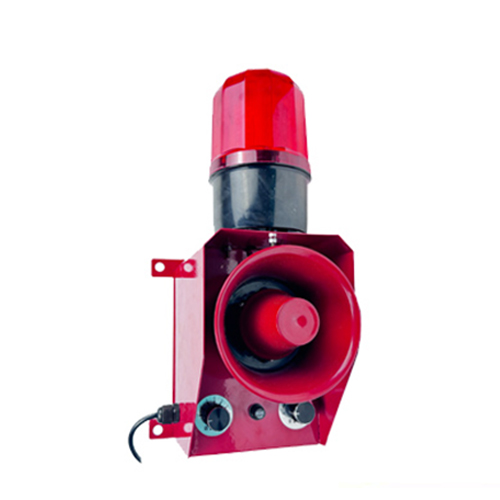photoelectric sensor proximity
- time:2025-09-13 01:40:36
- Click:0
Photoelectric Sensor Proximity: Mastering Detection Range and Limitations
Imagine a high-speed bottling line. Empty bottles zip along a conveyor, each needing a precise fill level. How does the system know a bottle is perfectly positioned under the filler head, triggering the valve without physical touch? The answer often lies in the invisible beam of a photoelectric sensor, expertly judging proximity. Understanding the nuances of photoelectric sensor proximity—how close an object needs to be for reliable detection—is fundamental to unlocking their vast potential in automation, safety, and countless other applications.
At its heart, a photoelectric sensor detects the presence, absence, or distance of an object using light. It comprises a light emitter (typically LED: infrared, red, or laser) and a receiver. When the emitted light beam interacts with a target object, the change is detected by the receiver, signaling the object’s position. The core principle driving proximity detection is the interruption or reflection of this light beam based on the target’s distance.
Demystifying “Proximity” in Photoelectric Sensing

Unlike mechanical switches needing contact, photoelectric sensors excel at non-contact detection. However, “proximity” doesn’t mean the sensor works equally well at any distance. Several critical factors define its effective sensing range:
- Sensing Principle: This is the primary dictator of proximity behavior:
- Through-Beam (Opposed Mode): Features separate emitter and receiver units facing each other. Detection occurs when the target object interrupts the light beam traveling between them. While offering the longest sensing ranges (often meters) and highest reliability, the required proximity setup involves aligning two distinct units on opposite sides of the detection point. The object needs to be directly within the beam path.
- Retroreflective: Combines emitter and receiver into one unit. A specialized reflector, often a corner-cube type, bounces the emitted beam back to the receiver. Detection happens when the target breaks the beam path between the sensor and reflector. Sensing ranges are generally shorter than through-beam but longer than diffuse, suitable for mid-range proximity detection (often centimeters to meters). The object must enter the beam path between sensor and reflector.
- Diffuse (Proximity Mode): Emitter and receiver are in a single housing. Light is emitted, strikes the target object, and diffusely reflects (scatters) back towards the receiver. Detection is based on the intensity of this reflected light. This is the classic “proximity sensor” configuration, where the target object must be relatively close to the sensor face (millimeters to a few centimeters, depending on model and target). Target properties (color, reflectivity, surface finish) significantly impact the achievable proximity range.
- Sensor Specifications: Every photoelectric sensor has rated specifications:
- Sensing Distance (Sr): The maximum nominal distance at which it can reliably detect a standard test target under defined conditions. This is a key figure defining its proximity capability.
- Background Suppression (BGS) / Foreground Suppression (FGS): Advanced diffuse sensors that use triangulation or time-of-flight principles to detect an object only within a specific, adjustable distance window. This technology drastically improves reliability in diffuse mode by ignoring objects beyond (BGS) or before (FGS) the desired proximity zone, making them ideal for precise positioning tasks.
- Light Source: Laser diodes offer small, precise spots and good long-range performance for their size. Red LED provides good visibility for alignment over moderate proximity ranges. Infrared LED is common, offering good range and invisibility to humans.
- Target Properties: The object you’re detecting is not passive in this equation:
- Size: Larger targets are easier to detect at greater distances, especially with diffuse sensors.
- Reflectivity & Color: Highly reflective, light-colored targets reflect more light back to a diffuse sensor, increasing the effective sensing range/proximity. Dark, matte, or absorbent targets reflect less light, requiring them to be much closer to the sensor or demanding a more sensitive model. Through-beam and retroreflective are less affected, though extreme transparency can be a challenge.
- Surface Finish: Glossy surfaces can cause specular reflection (like a mirror), potentially deflecting light away from the receiver in diffuse mode. Matte surfaces provide better diffuse reflection.
- Angle of Approach: The orientation of the target relative to the sensor beam can affect detection reliability and the perceived proximity needed.
- Environmental Factors: The operating environment influences proximity performance:
- Ambient Light: Strong sunlight or other bright light sources can overwhelm the sensor’s receiver, reducing sensitivity and effective range. Sensors with modulated light or synchronous demodulation circuits are designed to filter out ambient light interference, maintaining reliable proximity detection.
- Airborne Contaminants: Dust, fog, steam, or dirt can scatter or attenuate the light beam, reducing the achievable sensing range and requiring targets to be closer.
- Temperature: Extreme temperatures can affect LED output and electronic component performance.
Optimizing Photoelectric Sensor Proximity Performance
Choosing the right sensor and configuring it correctly is paramount for reliable proximity detection:
- Select the Correct Operating Mode: Match the mode to your proximity requirement. Need long range and high reliability? Choose through-beam. Need mid-range with a single unit? Retroreflective is effective. Need detection very close to a single sensor head? Diffuse mode is essential; consider BGS/FGS versions for precision.
- Understand and Specify the Required Sensing Distance: Accurately determine the minimum and maximum distance the sensor needs to detect the target. Factor in mechanical tolerances and potential movement.
- Know Your Target: Carefully evaluate the target’s size, material, color, and surface finish. Testing is highly recommended. If using diffuse mode, select a sensor rated for sensing dark or low-reflective objects if needed.
- Consider Environmental Conditions: Account for potential ambient light, dust, moisture, or temperature extremes. Choose sensors with appropriate IP ratings and features like modulated light for challenging environments. Lens cleaning might be necessary in dirty conditions.
- Leverage Adjustability: Many sensors offer sensitivity adjustments (potentiometer or teach-in). Fine-tuning ensures reliable detection at the desired proximity while minimizing false triggers from background objects or environmental noise. BGS/FGS sensors allow precise setting of the detection window.
- Ensure Stable Mounting: Vibration or movement of the sensor itself can disrupt the beam path, especially in through-beam or retroreflective modes, causing unreliable proximity detection.
The Ubiquity of Photoelectric Proximity Sensing
The ability to detect objects non-contactly, at varying proximities, makes these sensors incredibly versatile:
- Object Presence/Absence: Detecting bottles on a line, parts in assembly, sheets in a printer, vehicles at gates.
- Counting: Objects passing a point on a conveyor.
- Position Verification: Confirming parts are correctly seated in fixtures or jigs, verifying elevator car leveling.
- Fill Level: Detecting the level of liquids or granular materials






